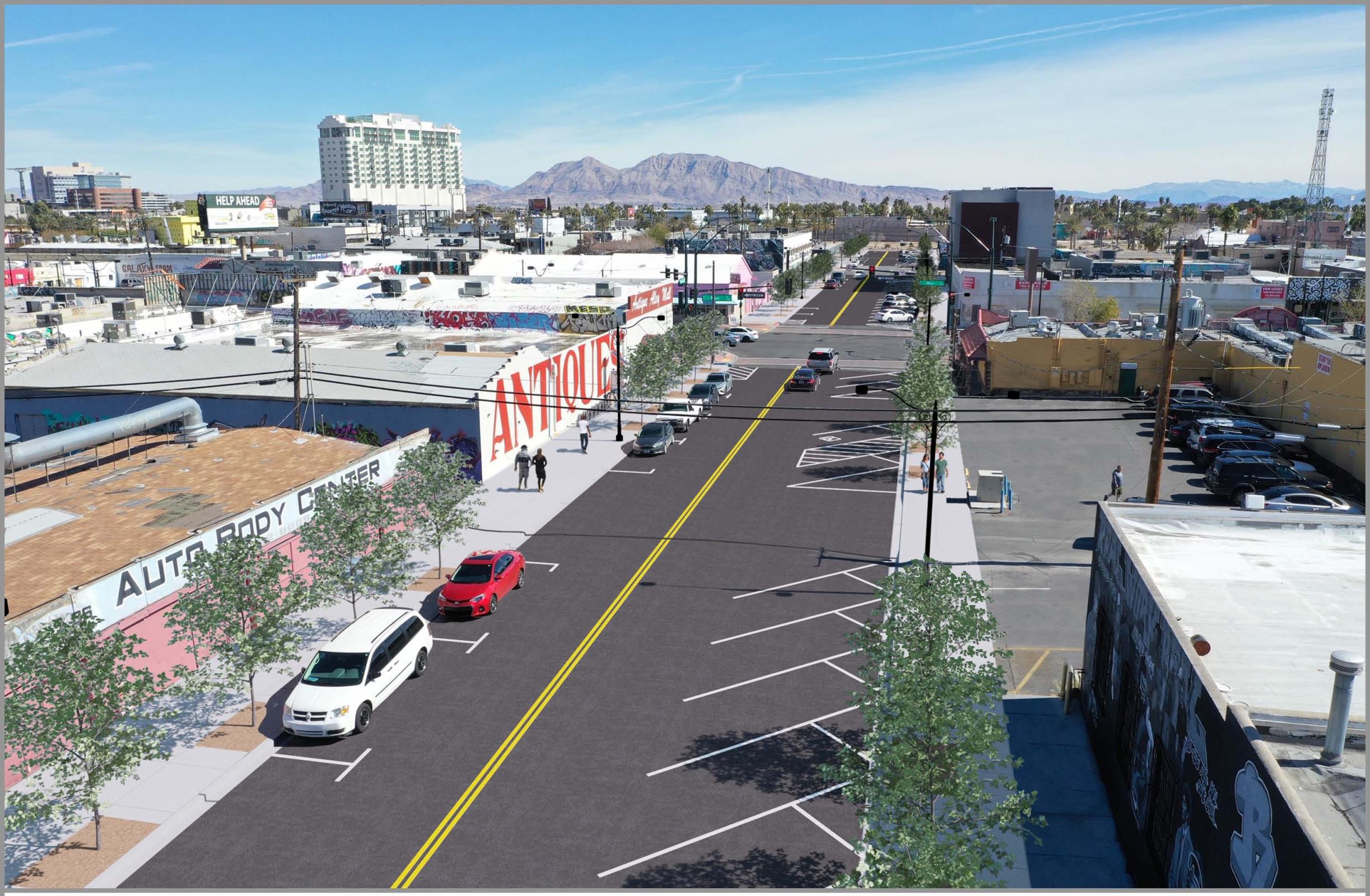The federal government recently made large amounts of funding available for street projects that are designed to make roadways safer. The funding is available now for public entities throughout the country.
The Complete Streets Program is a federal initiative that was created to reimagine transportation infrastructure and make streets safer. It is part of an effort to reverse the alarming uptick in pedestrian fatalities. Data shows that pedestrian death rates in the U.S. are at a 40-year high -an 80 percent death rise since 2008.
Another federal program, Safe Streets and Roads for All, has similar objectives. During this fiscal year, the program will disburse $1 billion for projects that are designed to prevent injury and death along roadways and the same amount of funding will be available annually for safe road projects for the next five years.
The sudden availability of funding for street projects is changing how some local governments manage roadway projects. In Boston, the mayor has created a new cabinet department charged with planning and prioritizing roadway projects. In fact, Boston now has a new executive position – a chief of streets leader. The city’s 2023 budget for the new department includes resources to scale, scope, and expedite delivery of street projects over the next several years.
City leaders in Bloomington, Indiana voted to support design work on a street project that will cost an estimated $30 million. The project will include streetscaping, Americans with Disabilities Act (ADA) ramp improvements, pavement upgrades, sidewalk work, and a potential electric trolley system. Construction on the project will begin in 2023.
The town of Basal in Colorado will soon launch a street project that will represent one of the largest municipal projects in its history. In August, officials revealed preliminary designs for a reimagined downtown roadway and announced that $12 million is now available for the project. Construction will begin in 2023 to safeguard the roadway, upgrade and expand sidewalks, replace asphalt, enhance a storm water system, and improve service connections to upgraded utilities.
A project to re-design a downtown street in Kalamazoo, Michigan has expanded to include several streetscaping projects. The project, now in the design phase, will include the conversion of an existing one-way street into a two-way road. The project will be designed to remedy several issues such as limited downtown access, dangerous traffic hazards, and too few pedestrian crossings. The project will also upgrade underground utilities and drinking water infrastructure. Design costs are budgeted at $1 million, and the project’s total cost is still undetermined because it will be based on the extent of underground utility work that will be required.
As the city of Buchanan in Michigan addresses a critical need for new water lines, affected roadways will be reconstructed as “living streets.” A total of $14 million in federal funding has been allocated to widen sidewalks for pedestrian safety, provide for downtown parking, and enhance connectivity at nearby parks. The project is currently in its design stage, but construction is planned for 2023.
Planning officials in Horry County, South Carolina have allocated a budget of $46 million to a street project within Garden City’s municipal borders. The objective will be to improve livability and functionality and the project will include road and drainage upgrades, enhancements to pedestrian and bicycle facilities, new street lighting, and improved landscaping. The county will also bury power lines.
The city of Pittsburgh and the Pittsburgh Downtown Partnership are collaborating on a street plan to develop a major downtown corridor. The project will be designed to create a dynamic and safe gathering place for local activity. Work will include extending sidewalks, improving pedestrian crossings, widening bus stop areas, and expanding greenspaces for retail and recreational amenities. The first of three phases included in the project will cost $9 million and associated construction work will begin in 2023. Subsequent phases could boost the overall costs to $30 million.
A recent federal grant of $13.2 million will fund the launch of a similar street project in Salem, Oregon. Over three planned phases, the project will revitalize 8,500 linear feet of roadway by adding vehicle lanes, bicycle lanes, new sidewalks, green stormwater infrastructure, flood mitigation enhancements, new signalized street crossing, and other safety features. The project’s first phase goes to construction in 2023.
The Regional Transportation Commission of Southern Nevada will oversee $27 million in street projects in and near the city of Las Vegas. Work will include widened streets and sidewalks, reconstruction of roadways, installation of adaptive lighting fixtures, and ADA improvements. Another large federal grant will likely fund longer-term street projects in Las Vegas beginning in 2024.
City leaders in Steamboat Springs, Colorado will oversee street enhancements along a roadway that leads to several major ski resort slopes. Currently, the prominent heavily used corridor has been described as “no man’s land” for pedestrians and vehicles because of its confusing and somewhat dangerous design. The project will add a turnaround loop to mitigate traffic congestion, angled parking on both sides of the street, widened sidewalks, and enhanced streetscaping features. A total price for the project has not been finalized, but based on similar projects, cost estimates are likely to be in the $15 million to $20 million range.
More than 1,600 federally funded street projects have been planned through these federal programs. Public officials with needs for safer streets will likely increase that number significantly in the next several months. This will, of course, create thousands of new opportunities for public-private sector collaboration.








